I’m sitting at the media check-in table with a group of journalists and food bloggers. It’s night two of Night Market, a week-long pop-up blanketing Downtown Los Angeles’ Grand Park. It’s also the halfway-point of The Los Angeles Times’ Food Bowl.
Picture the airy, macramé-lined warehouse-cum-office space of Hedley & Bennett—the Los Angeles-based apron company—where the sizzle of garlic, onion and chili sets the stage for Aarti Sequeira’s smoked dal tadka. Or maybe squeak into a plastic chair in the parking lot of the Hollywood Palladium, happily stuffed with Il Romanista’s thin-crusted mozzarella, mushroom and provolone palatino, to hear Nancy Silverton, Phil Rosenthal and Daniele Uditi wax poetic about the magic of pizza dough.
You could even go downtown to the corner of 5th and Figueroa where on a tree-shaded terrace above Border Grill you might find yourself utterly mesmerized by a concoction of sweet potato, peanut, grapefruit and black mustard. It’s precisely the kind of vegetable witchery that could woo the serious carnivore—a dish by Sarah Hymanson and Sara Kramer of Kismet that’s just one of the evening’s “no-beast” offerings.
Picture mornings, afternoons and nights like this and, somewhere through the nebulous edges that form is the Food Bowl, an annual thirty-one-day food festival that finished its second year at the end of May.
Back at Night Market, I’m quickly trying to lick the chocolate off my fingers after downing a warm, battered ring from Whittier-based Glazed Donut Bar. I don’t care that I’ve just eaten a fried soft-shell crab sandwich à la Broad Street Oyster Co. or that I’m making my way next to Todo Verde for jackfruit tacos and mushrooms generously dunked in a spiced almond mole.
With some events, like an intimate, multicourse dinner with Curtis Stone and Ben Shewry, costing over $350, Night Market could be considered Food Bowl’s democratic baseline. It’s the place where if your only engagement with the festival was to spend a few hours lingering in the shadow of City Hall, following your nose from booth to booth, then you’d still walk away with a newfound appreciation for the level of culinary talent Los Angeles holds.
“There are two hundred events in the program and anyone can submit one if they want to,” says Food Bowl’s executive producer Angus Dillon. “We don’t sell all the tickets like we’re running our own big empire. It’s meant to be a reflection of the whole food industry.”
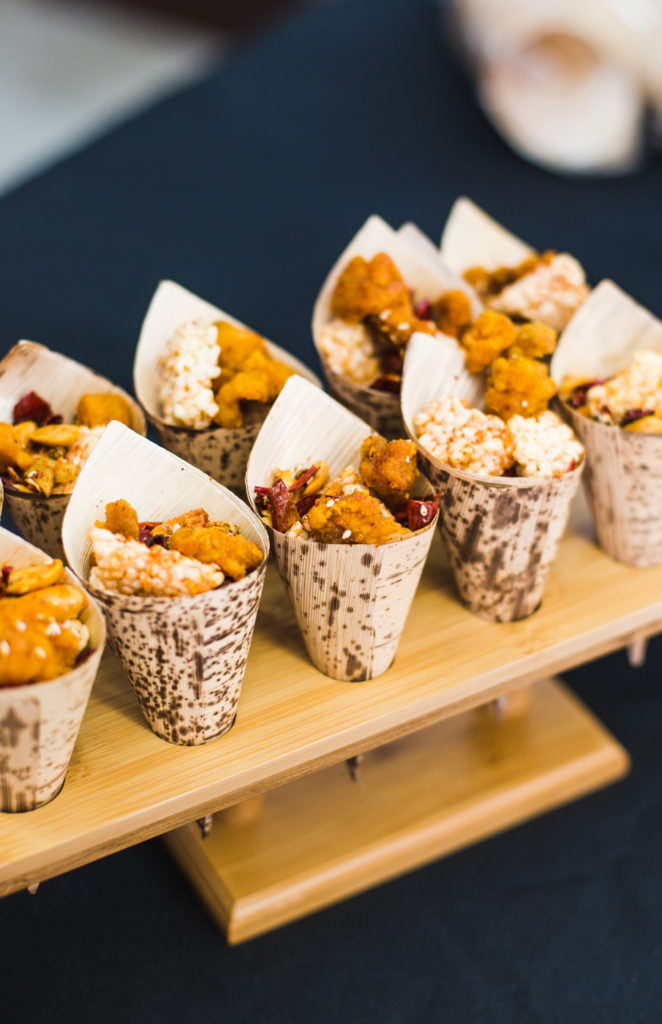
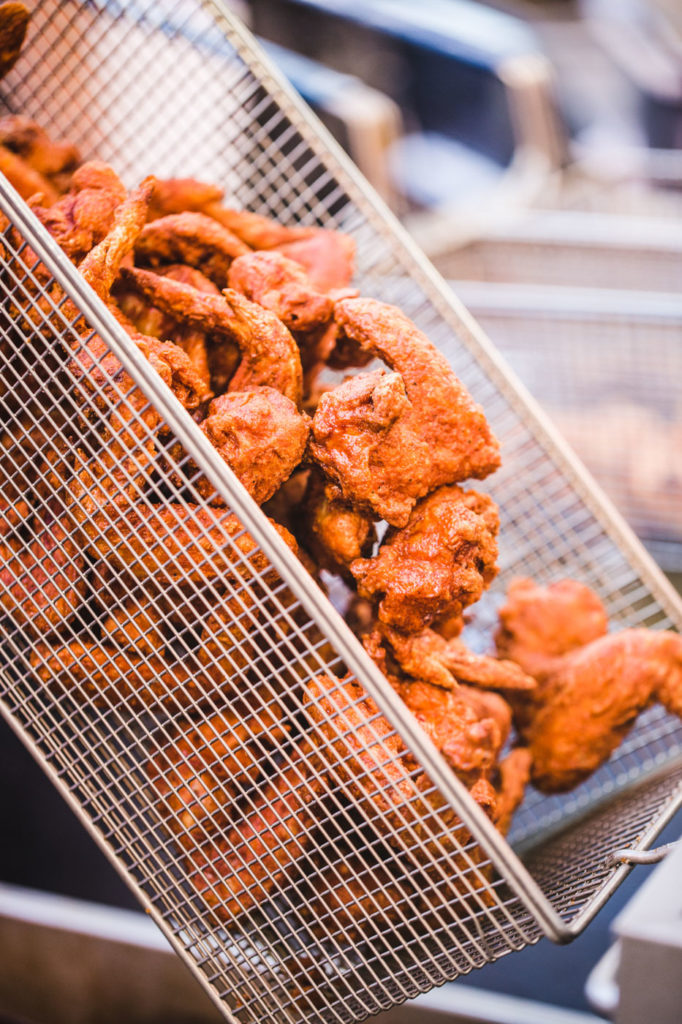
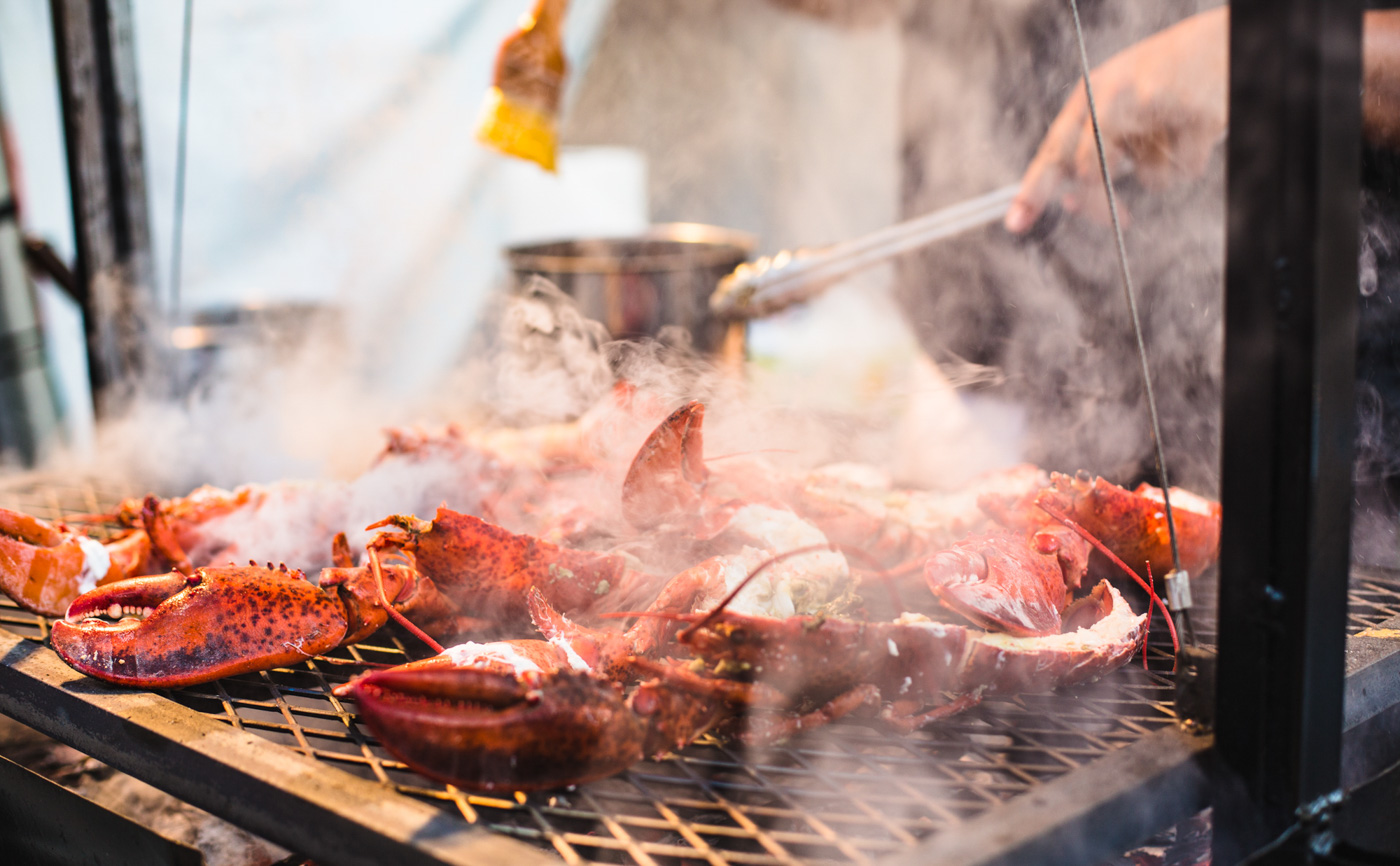
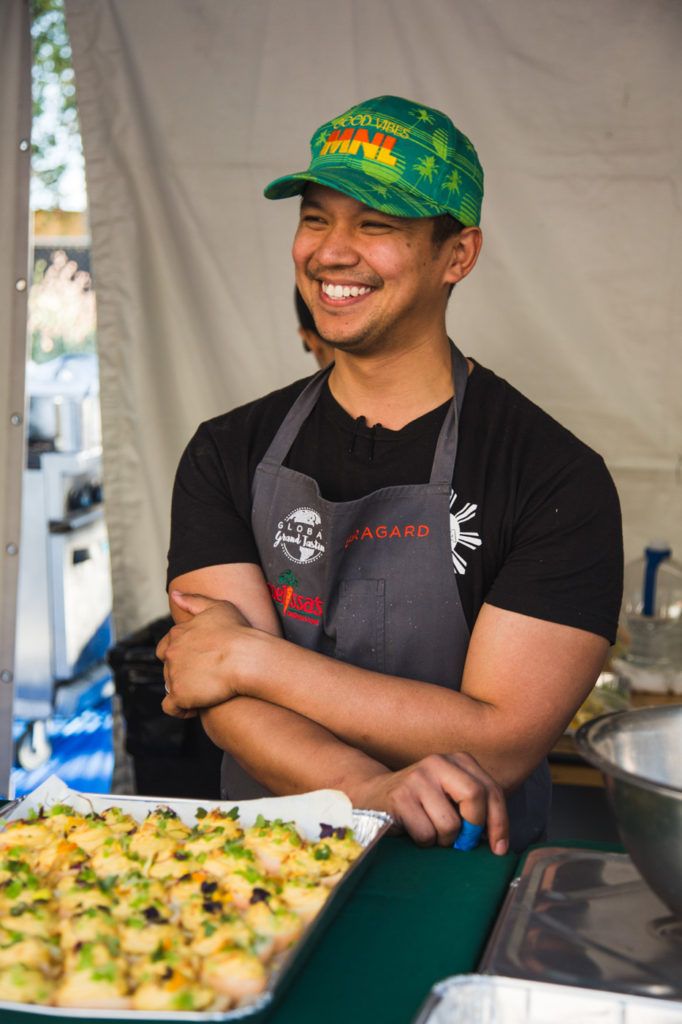
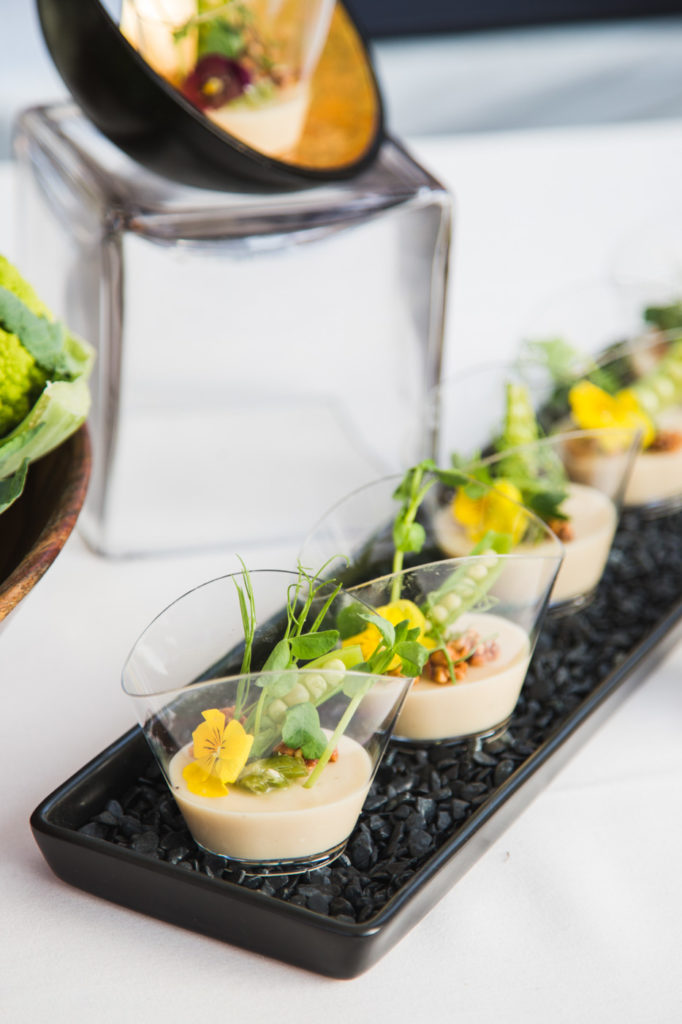
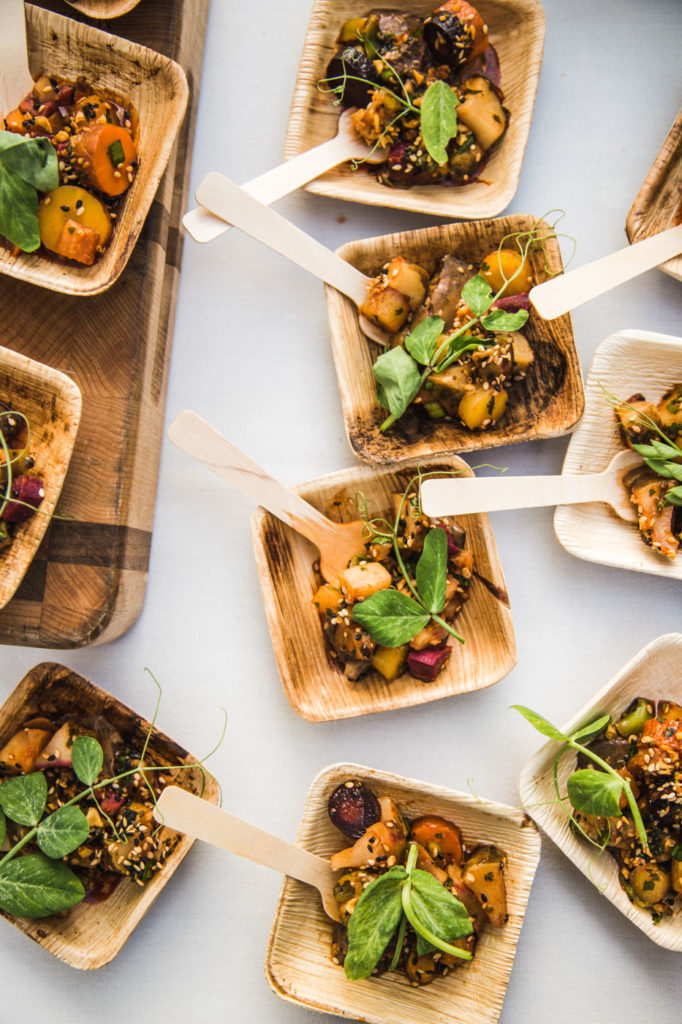
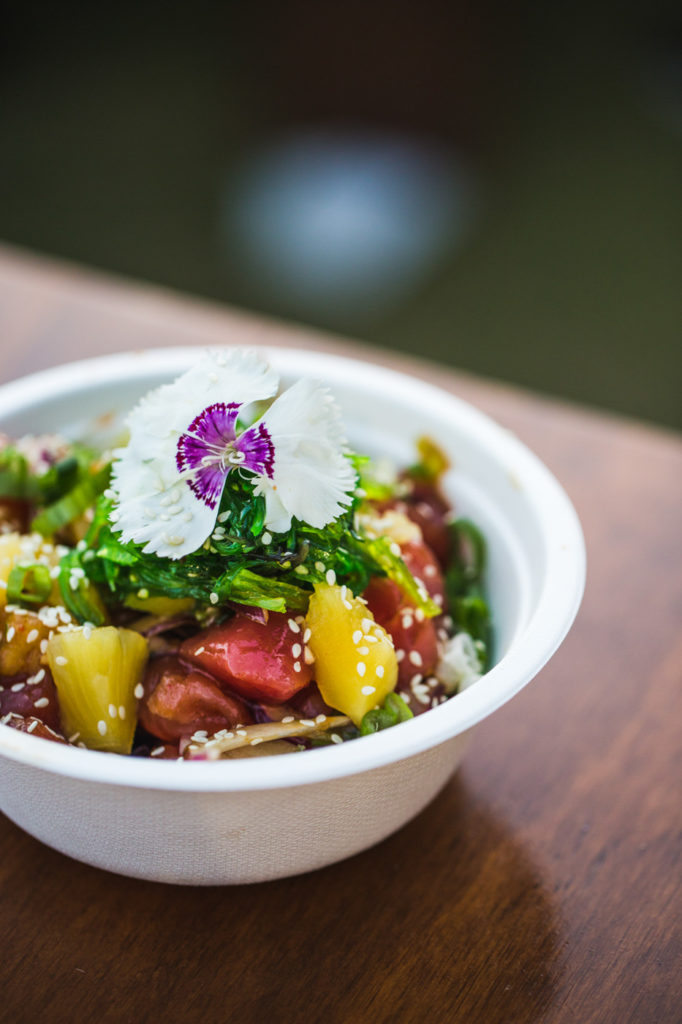
After working in events for years in Australia, notably the Sydney Morning Herald’s Good Food Month, Dillon decided to transplant to Los Angeles and bring his festival know-how with him. Having stayed in touch with Los Angeles Times restaurant critic Jonathan Gold—a previous panelist and guest of Good Food Month—the time was ripe for something new. Food Bowl was birthed in 2017 as a combination of both Dillon and The Los Angeles Times’ editorial team, with Gold at the helm.
“People probably got used to doing things like the restaurant weeks—the discount-driven initiatives,” Dillon says, reflecting on why a festival of this kind hadn’t before been attempted in Los Angeles. “[Food Bowl] is complicated and requires a lot of work; someone like Jonathan gives it a reason for being. He has the ability to get so many of these chefs involved that not every food critic would.” For example, chefs like Virgilio Martínez, Monique Fiso, Nyesha Arrington, Daniel Humm, José Andrés, Yu Bo, Enzo Coccia, April Bloomfield, Yoshihiro Narisawa, Roy Choi, among many others, all played a role at this year’s festival.
“In the short time I’ve been here, [I’ve noticed] people are acutely passionate about the community,” Dillon continues. “The L.A. restaurant, bar, hospitality, market and farming communities [all] like working together.”
Chef Mary Sue Milliken agrees. “I can’t speak to other industries, but the food community here is the most generous, collaborative and sincere I have ever experienced,” she says. Milliken, together with Chef Susan Feniger, won this year’s Gold Award, which honors culinary excellence and evolving Southern Californian cuisine.
Echoing the sentiment is Emily Fiffer, journalist turned co-founder of Silverlake’s Botanica, with whom I chatted after hearing her speak at Hedley & Bennett’s Food Bowl-sponsored “Forces in Food” earlier in the month. “Food is a reason for gathering,” she says. “It brings people together. That’s obviously the reason we [started the restaurant]. It was one thing to be writing about food. Heather [Sperling, Botanica co-founder] and I both hit a wall after a while and wanted to create something tangible.”
Craving the tangible and collaborative could be said of any of us, although maybe of Angelenos in particular. After all, where else is such a majority of time relegated as time spent alone, in the car, in traffic, making cocoons within neighborhoods?
But food snaps us out of it. As if eating here is the city’s best defense against itself. If there’s one person who holds up the banner for this, it’s Gold. He’s played a central role in magnifying why—and how—Los Angeles delights diners from all over.
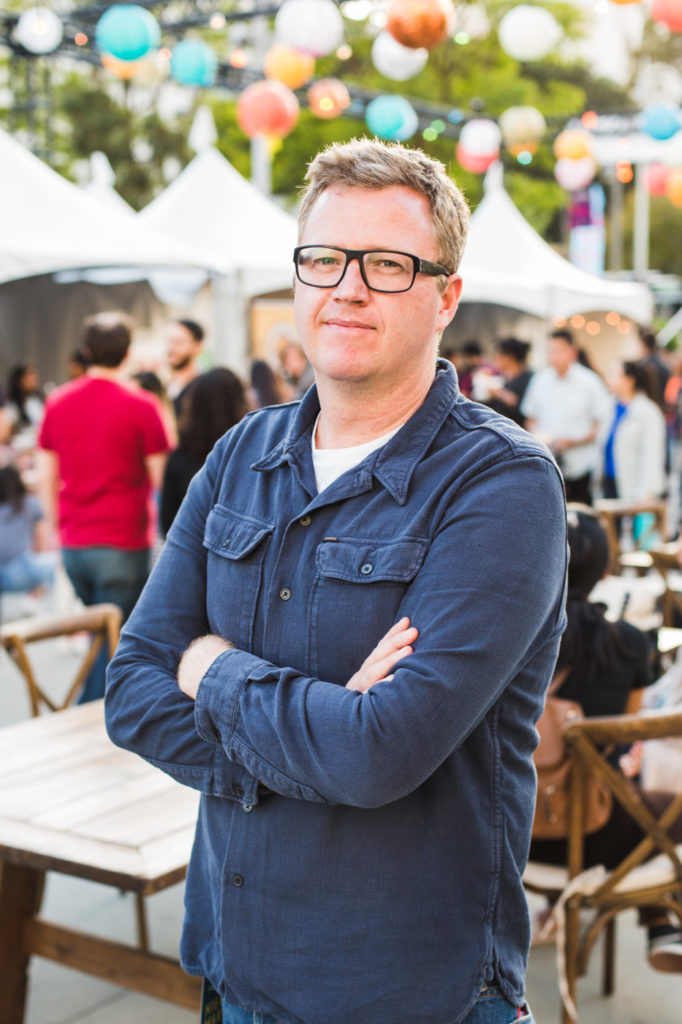
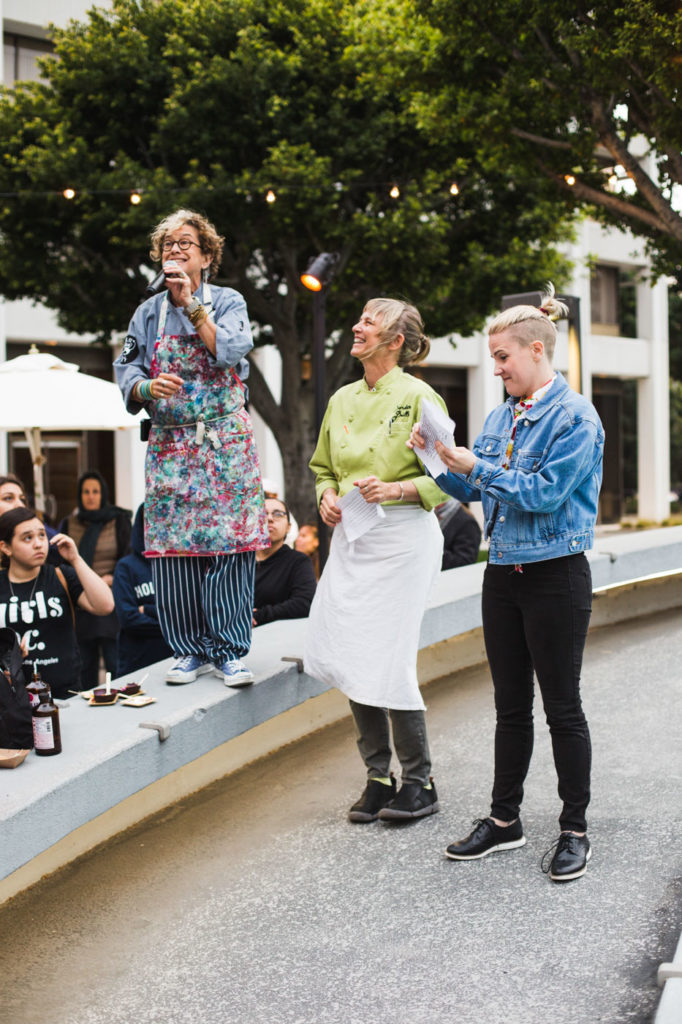
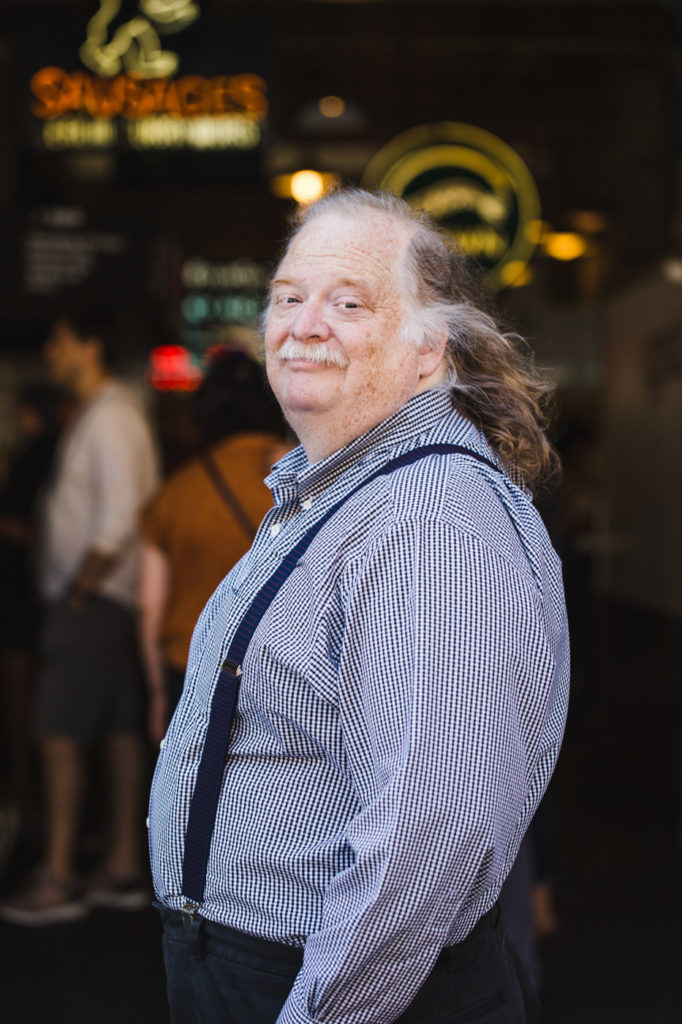
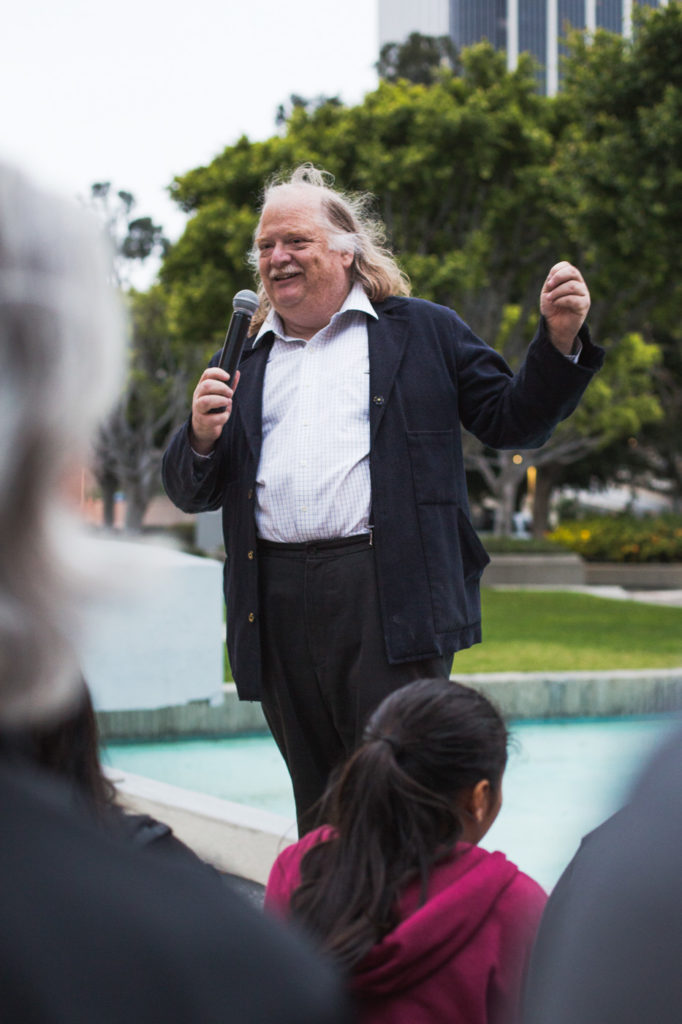
“Number one: we’re at the center of a vast and great agricultural region,” Gold says, explaining why Los Angeles’ food scene is so exceptional. “Until either the sixties or seventies—depending on who you talk to—Los Angeles County was the biggest agricultural county in the United States. We have a superb climate, our soils are more well-watered than one might expect, and of course, the surrounding counties are the same,” Gold continues.
But it’s not only the physical climate that is ideal for an abundant and varied food scene, but the cultural one as well. From Thai Town to Little Armenia, the city is home to vast populations that have developed in its history. “The second thing is obviously the astonishing diversity,” Gold says. “There are a lot of cities that are diverse, but the communities in Los Angeles are large enough and concentrated enough that they have their own gravity and are able to operate inclusively instead of always having to look out—which means a lot of extraordinary things are being nurtured and developed that wouldn’t be otherwise. The excitement of Los Angeles is built around the vitality of its immigration.”
It’s something even first-time Los Angeles visitor and Food Bowl guest chef Nadine Redzepi picks up on, commenting, “I’ve never been anywhere like this, where it’s like you’re in ten countries at once. You just go a few blocks and then everything’s completely different, the food is different, it’s amazing.”
“The idea was this is our city; these are our neighborhoods,” Gold explains. “This is our space to live in. When I was here in the nineties, Ruth Reichl, the critic who first brought me here, would be out writing about the eleventh best Italian restaurant in Beverly Hills. I’d be in the San Gabriel Valley finding cuisine from a place I had not known existed two minutes before I walked into the restaurant. I always thought, by far, I had the best end of the deal.”
His passion for discovery was what powered Gold’s Pulitzer Prize-winning writing. “My idea was to get people to live in their entire city. To get out of their neighborhoods, to realize the astonishing stuff was going on around them,” Gold says. “I like to hope I’ve been successful, at least a little bit.”
Through the experience and scope of Food Bowl’s program, you get the sense that anything is possible in Los Angeles, and I tell Gold as much. He nods with humble gratitude.
“Some of the collaborations were brilliant,” he says, noting one example in which Chef Tetsu Yahagi of Beverly Hills’ Spago and Chef David Schlosser of Shibumi came together for a Japanese-inspired speakeasy featuring kappo-style dishes. “They both have really interesting ideas on Japanese drinking food and they were able to collaborate.”


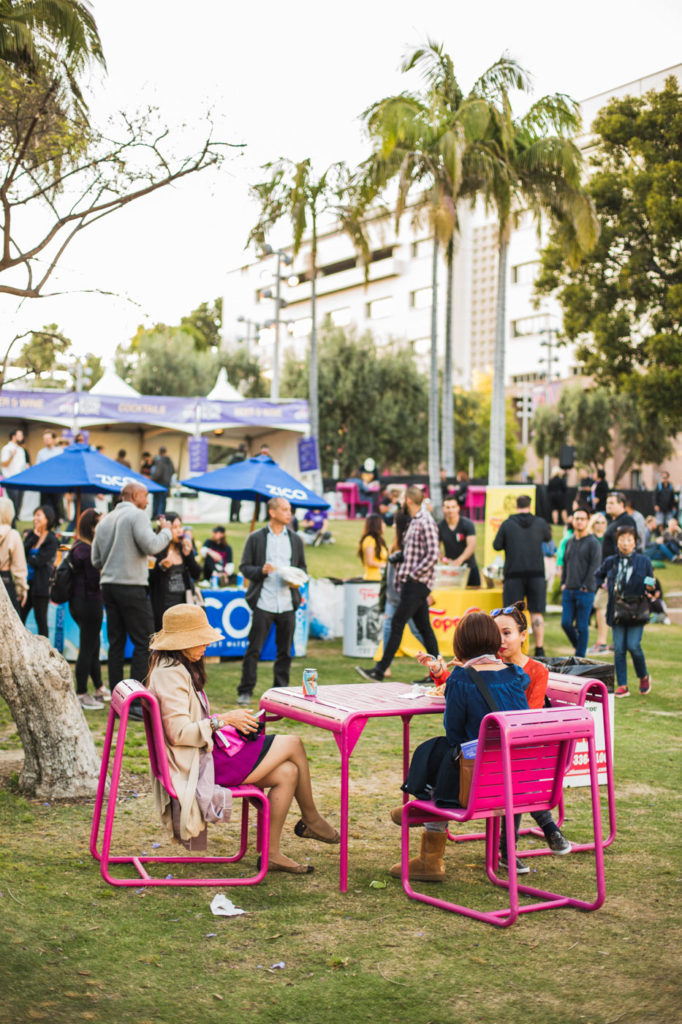
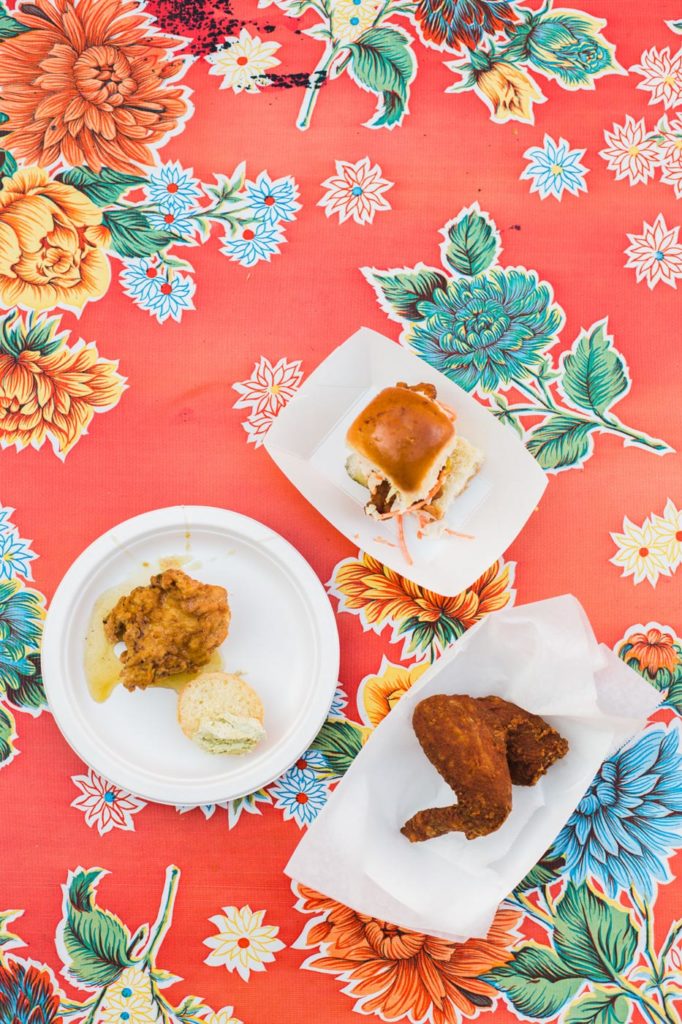
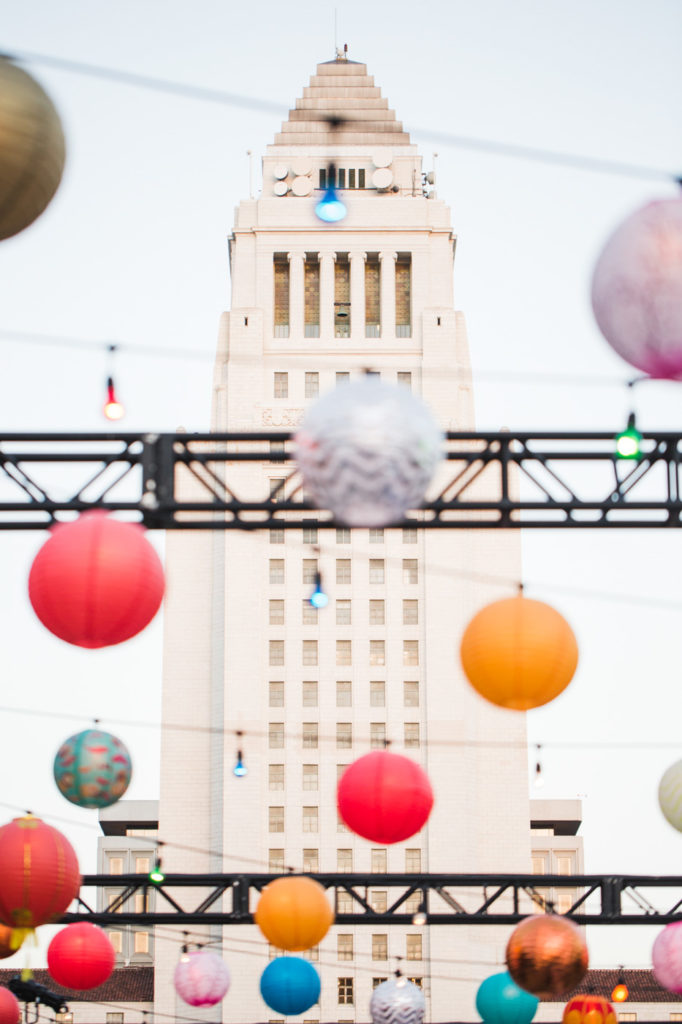
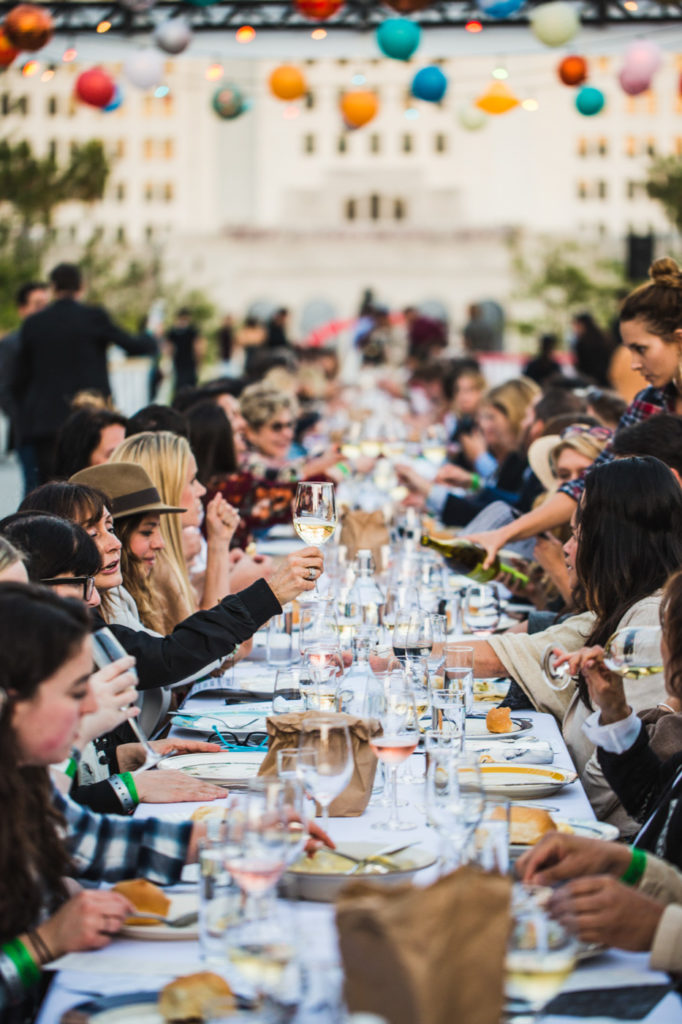
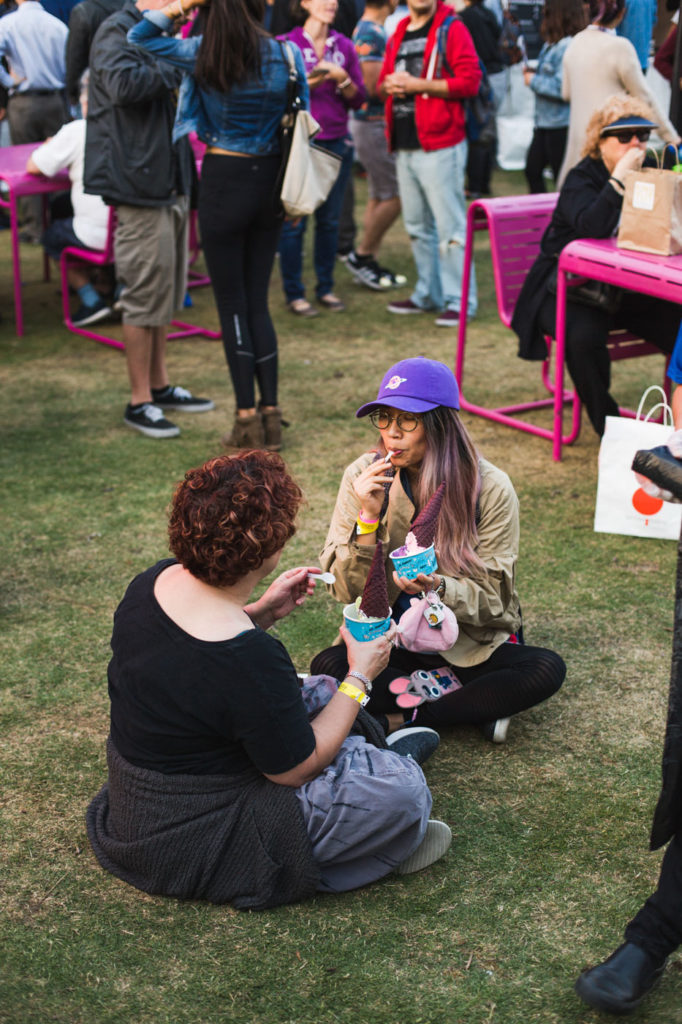
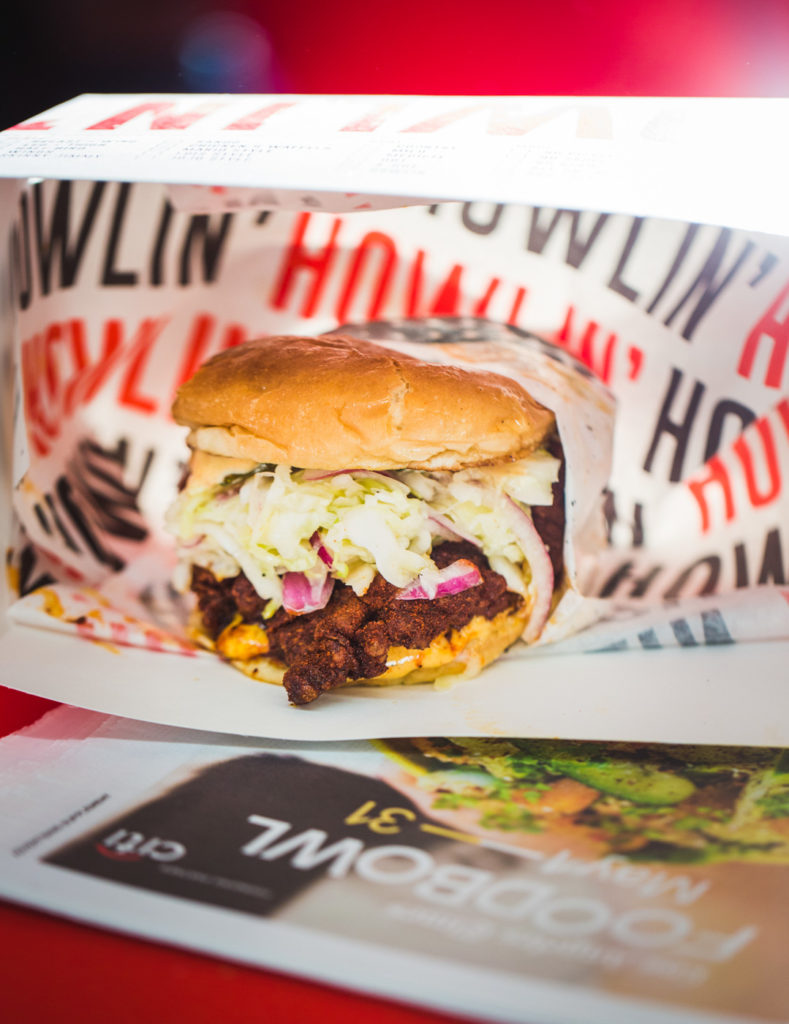
What also surprised Gold was the popularity of Food Bowl’s presentations—the discussion aspect of the festival highlighting where cooking and larger societal issues can intersect. Referring to a conversation he had hosted last year, Gold says, “The idea of me talking was something I figured we’d do in the library room—like me talking to Massimo Bottura about food waste. They put it in the Ace Theater and I was dismayed. I thought we’d get twelve people in there, but we didn’t; we jammed it.”
Gold believes this is an indication of a changing food culture. “It means the interest in food is deeper than I thought,” he muses.
Presentation topics during the festival range from the environment to what’s on TV, including a panel on Top Chef held at the Paley Center for Media. The event quickly sold out. “My idea was Top Chef has actually influenced the food culture in a lot of ways—some good and some bad—and the people we had there, the audience asking good questions were completely aware of all the layers and skeins of influence that ran through it.”
With the breadth and quality of events, it’s surely difficult for attendees to choose a standout event. Gold, however, notes one of his own favorites.
“Conceptually, the thing that made me happiest was the No Beast Feast,” Gold tells me, referencing the evening when twenty all-star chefs—Niki Nakayama, Tanya Holland, April Bloomfield, Jazz Singsanong, Monique Fiso and more—came together to serve their own takes on vegan and vegetarian-forward cuisine. The event benefited Girls, Inc. and the James Beard Foundation’s women leadership programs in the process. “We had a Beast Feast in the same space the year before and it had some good things going for it. But this one—the fact that people were doing vegetables—I thought was great. The vibe and the food I thought were really special.”
As for Dillon, next year’s agenda—as it was for this year and last—is centered around getting the word out. There’s no shortage of ideas, he says, but it’s a long game approach in terms of what’s bureaucratically feasible (for example, clearing the hurdles required for this year’s sustainable seafood dinner on the sand of Manhattan Beach) and how to pick and choose among so many substantial angles.
“Our aspiration over the next three to five years is to build the most interesting, unique and positive reflection of Los Angeles the festival can,” Dillon says.
——
Everyone has an opinion on L.A., and there are a lot of reasons to either come here or stay away. But what I gather from these #31daysoffood—from eating everything from avocado campechana to grilled heritage pork shoulder, or talking with Dillon, Gold, and other chefs—is the larger impact Food Bowl seems to have. It’s part celebration, part education; but it’s also equally an initiation. For both seeker and sage eater alike.
“Jonathan ultimately came up with the idea of the Food Bowl as that unifier,” Dillon suggests. The name of the event, with its double meaning, also nods to other types of gatherings significant to the city’s history. “There’s the Rose Bowl, the Hollywood Bowl, the Highland Park Bowl. And L.A. originally was the first place of the Super Bowl. [A] bowl is also something you eat out of, so that’s what the festival is.”
“I know it’s glib and I’ve probably said it too many times, but food has risen for a while to take a lot of the cultural space that, say, rock ‘n roll used to. It’s like food people tend to fall into tribes like Team Vegan or Team Nose-to-Tail,” Gold explains. “There are all these subdivisions and everyone’s an expert in their own little area. Then, they come together in recombinant ways. It’s always shifting. I think that’s exciting.”
Elsewhere, it might be well and good to stay in your own little area, but Food Bowl reminds Angelenos—and everyone, really—that we have so much to miss out on if we do.
“[L.A. isn’t] so much a city of different tribes, and I like that,” Gold concludes. “[We all] come together by the fact that everybody wants a good taco at 1:30 in the morning.”
Name a better place to find one than right here in Los Angeles.
——
Food Bowl will be back in May 2019. Follow @lafoodbowl and @latimesfood for more.





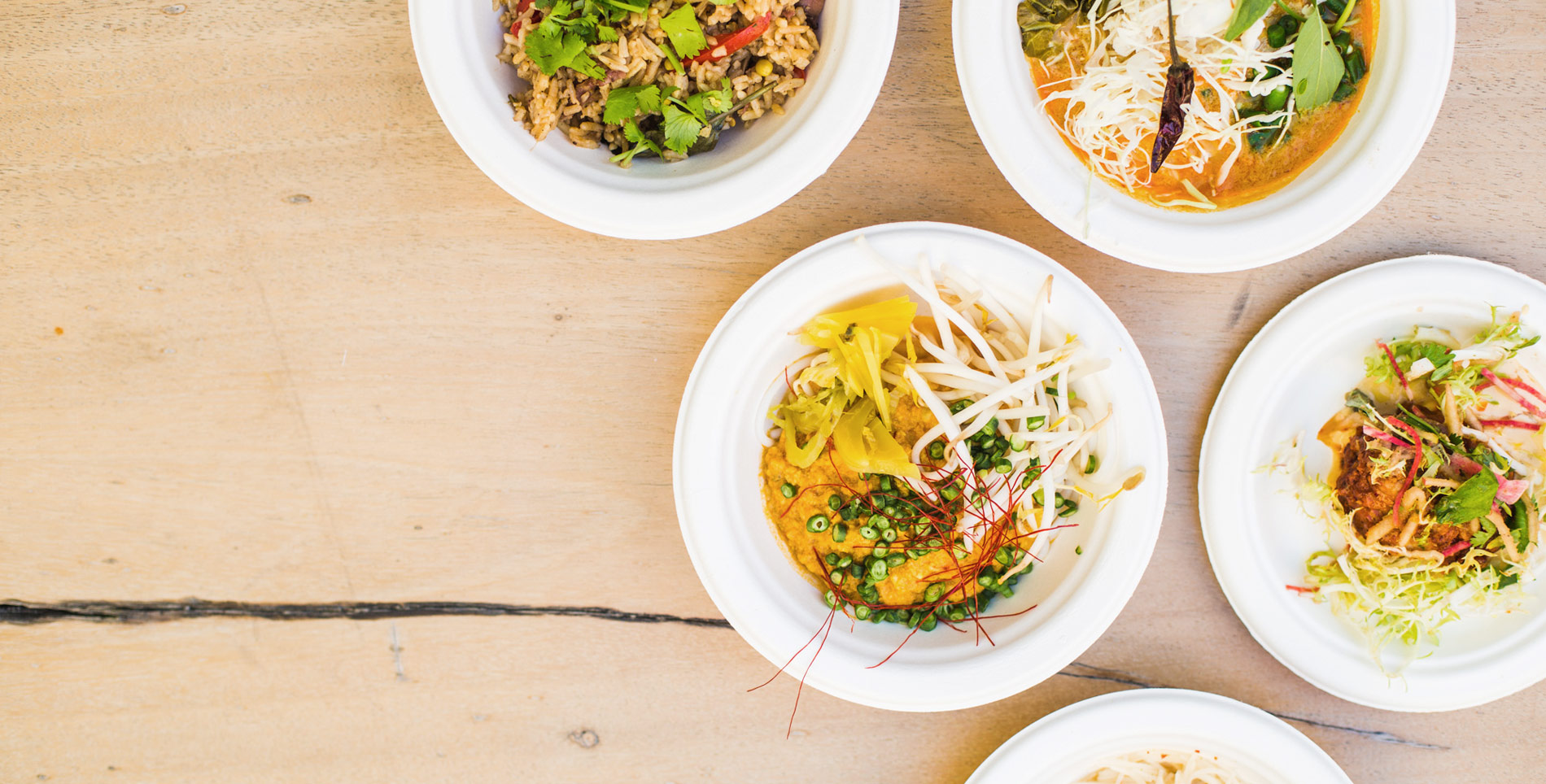

Our comments section is for members only.
Join today to gain exclusive access.